What is Masking?
In this blog post today I’m answering your question of ‘What is Masking?’ I’m also going to be linking to some other posts and resources that you may find helpful to continue your learning.. And also to support your students in your classroom.
What is Masking?
Masking is what is known as a strategy that individuals use when they suppress their natural traits and behaviors. This is common for autistic individuals. People will mask for a range of reasons but it is usually in an attempt to confirm to societal norms and to fit in with their neurotypical peers.
What are Some Examples of Masking?
Masking can look different in each individual.. Because everyone has their own natural traits and behaviors. But I have put together a list of some of the common masking behaviors below;
1. Maintaining Eye Contact
Many autistic individuals will try to force themselves to maintain eye contact during conversations. This may be because of social norms dictating this.. Or I have even seen this as demands from families/professionals.. This puts pressure on the individual to maintain eye contact, even if it feels uncomfortable or overwhelming for them.
2. Mimicking Social Behaviors
Individuals may try to observe social behavior in others around them.. And then copy these social interactions in an attempt to fit in. This can include laughter, small talk and even gestures. However, for many individuals, these actions don’t come naturally to them and may feel uncomfortable.
3. Suppressing Stims
Many autistic individuals will have natural stimulating behaviors like rocking, flapping their hands or even repeating words. These behaviors help them to regulate their sensory input. However, an individual may try to mask these natural stims to avoid drawing attention.. Or, once again, to try and adhere to social norms.
4. Scripting Conversations
Another form of masking is where individuals will prepare and rehearse scripts to use for different social interactions. They may think about potential topics of conversation they could have.. Questions that they may ask.. Or even how they may answer certain questions. This can be exhausting.
5. Hiding Interests
It’s common knowledge that autistics can have special interests. But unfortunately, those interests aren’t always supported by society.. And even people around the individual. This may cause the individual to mask those interests.. Especially if they are interests that may be perceived as unusual, strange or obsessive by society’s standards. They may even go so far as to mask and feign interest in hobbies that are better accepted by society.
6. Adjusting Sensory Inputs
An individual who is making might force themselves to tolerate uncomfortable sensory inputs.. This can include loud noises and even bright lights. The ‘mask’ will stop them from showing any signs of distress, possibly in an attempt to avoid seeming out of place and drawing attention to themselves.
7. Emulating Expressions and Emotions
Many autistic individuals will spend time learning and attempting to display socially expected emotional responses.. Even if those responses don’t feel natural to them or match their internal feelings. This is another form of masking. It can include smiling or laughing at appropriate times, but times that don’t feel natural to them for this response. This can also include showing concern / empathy.
8. Controlling Vocal Patterns
Another form of masking that people are often surprised about when I discuss in presentations in controlling vocal patterns. This can include modifying the tone, volume and pitch of your voice. An individual may do this to match their voice to the voices around them, even if it feels unnatural or forced. This is in an attempt to avoid sounding different or drawing attention to themselves.
9. Adopting Specific Language Use
An individual who is masking but try to adjust the way that they speak.. One example is the use of slang to better fit in with their peers. This can even be in the language doesn’t come naturally to them.
10. Feigning Comfort in Social Settings
Social settings can be very uncomfortable for many autistic individuals. But another form of masking is where an individual will try to pretend to be at ease in social gatherings or activities.. Even if they are feeling overwhelmed / anxious. This can be done in an attempt to avoid them standing out or to feel like they are a “burden” to others with their discomfort.
Why Do Individuals Mask?
There are many reasons that individuals may mask. These can include;
- Avoiding social stigma.
- Attempt to blend in and not stand out.
- Avoiding the potential of bullying / discrimination.
- Attempting to meet the expectations placed upon the, in social, educational and professional environments.
- A desire to connect with others.
- Trying to navigate a world that is designed for neurotypical individuals.
What is the Mental Health Impact?
I’m sure just from reading this blog post, you can start to imagine how hard and exhausting masking must be for someone. And while masking can help neurodivergent individuals to blend in with society.. it can also lead to significant mental health challenges. This includes increased levels of stress, anxiety and depression. But, it can also lead to a loss of identity and self-esteem where individuals may start to struggle to understand who they are beneath the ‘mask.’
Difficulties in Diagnosis and Support
Masking can have an effect on an individual gaining diagnosis and support that they may need. This is because masking can hide or suppress the behaviors and traits that we look for during diagnostic assessments. Because of this, individuals who are heavily masking, may miss out on receiving a timely and accurate diagnosis, support and accommodations.
The Need for Acceptance and Understanding
When we are able to recognize and understand masking, we are able to create a more inclusive and supportive environment for everyone. By creating and fostering a society that values everyone, but specifically neurodiversity and promotes the acceptance of natural traits and behaviors.. There is less pressure for our neurodivergent community to mask. This will allow them to live more authentically and be true to themselves. It will also help to reduce the negative mental health impacts that our masking individuals face.
More Helpful Links
You may find the following links helpful;
- Masking and Sensory Processing Disorder Podcast Episode
- Signs of Autism in Toddlers
- How To Tell if My Student is Masking
If you found this blog post helpful, please consider sharing it with your friends and colleagues on social media.
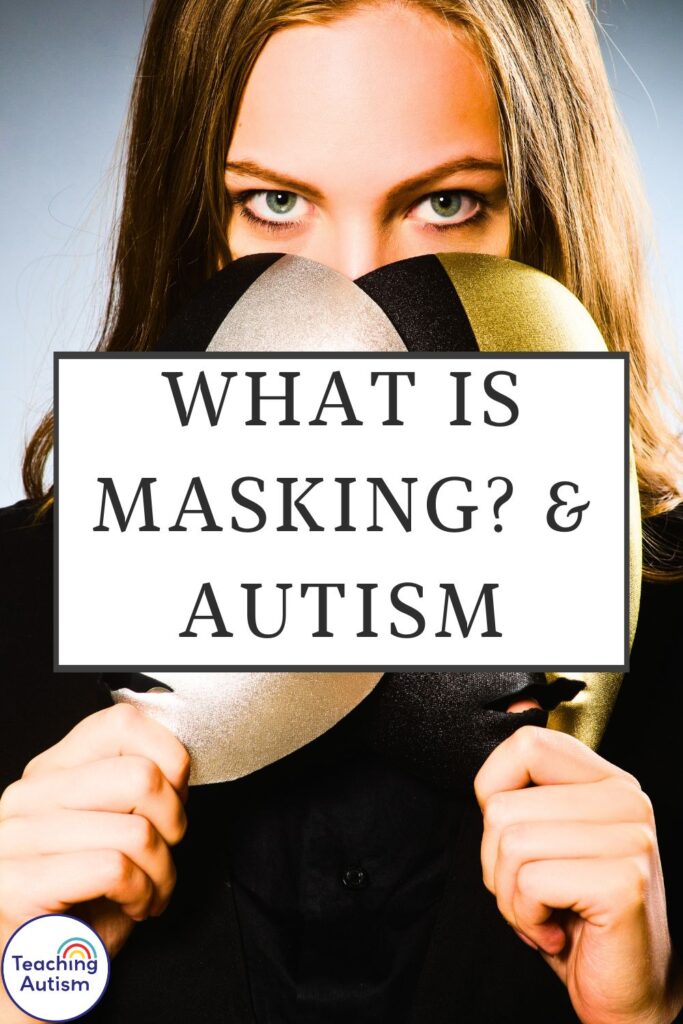
P.S. Have you signed up for my VIP membership yet? If not, head on over and sign up now. You’ll get access to hundreds and hundreds of resources, templates, crafts and more being uploaded every month!
Nikki
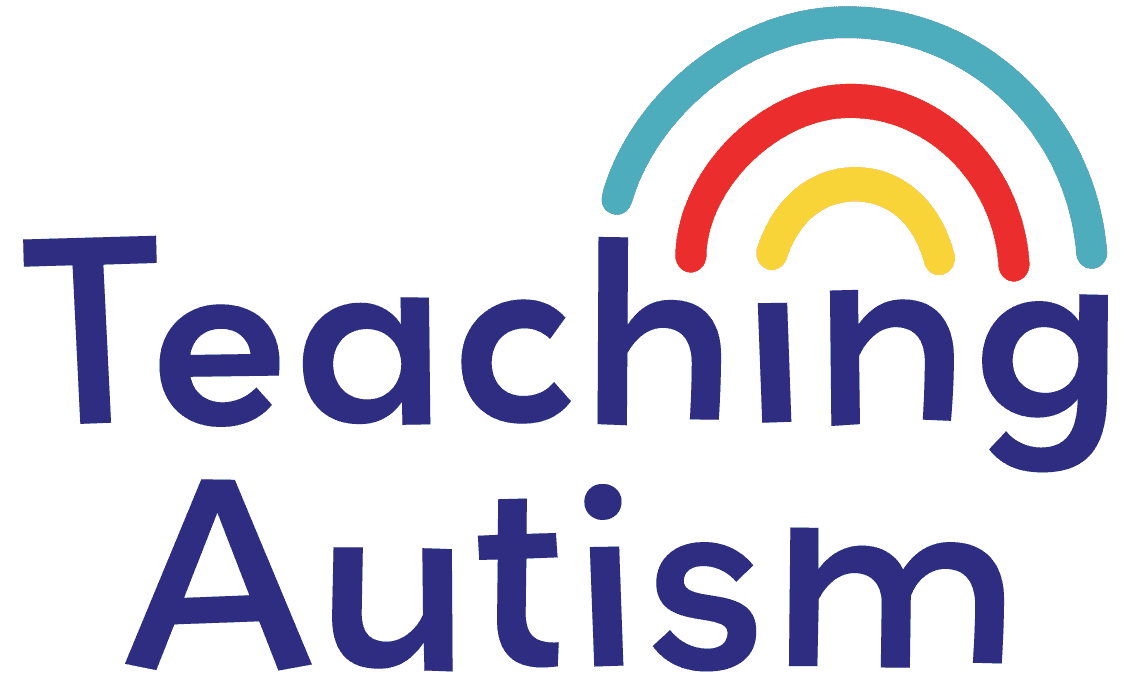

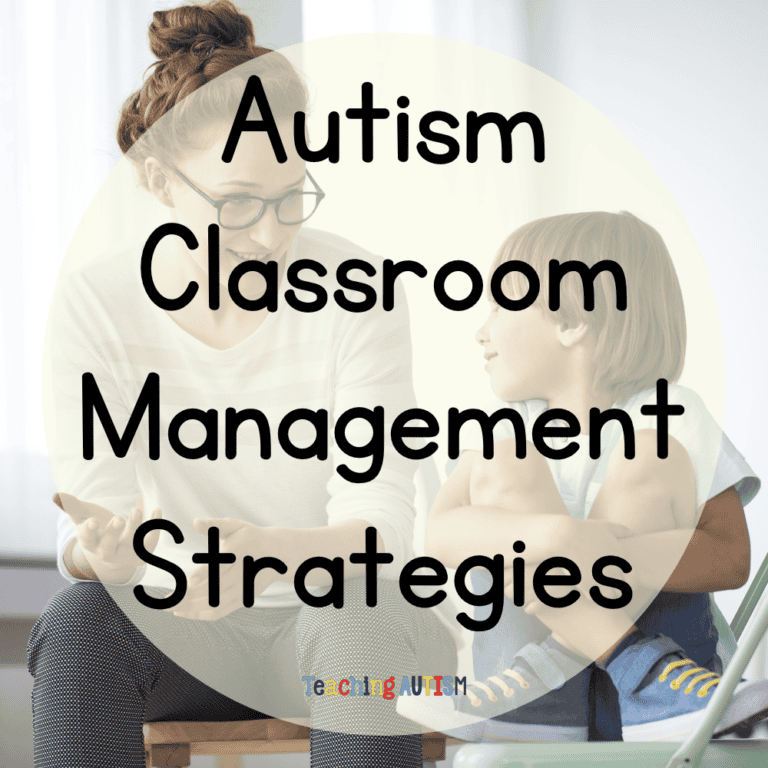
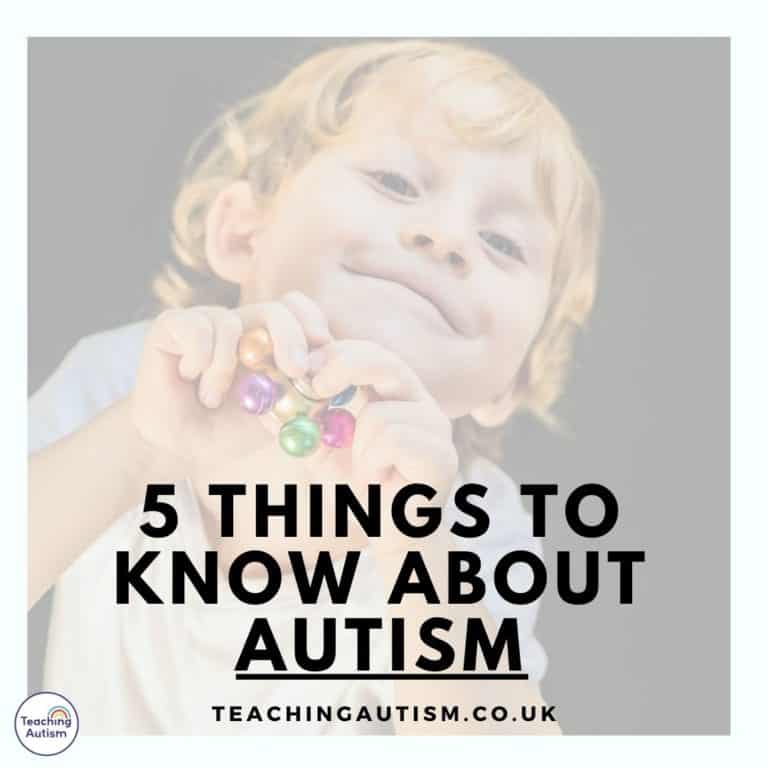
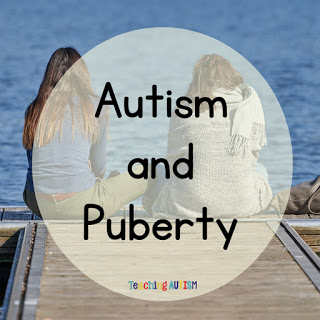


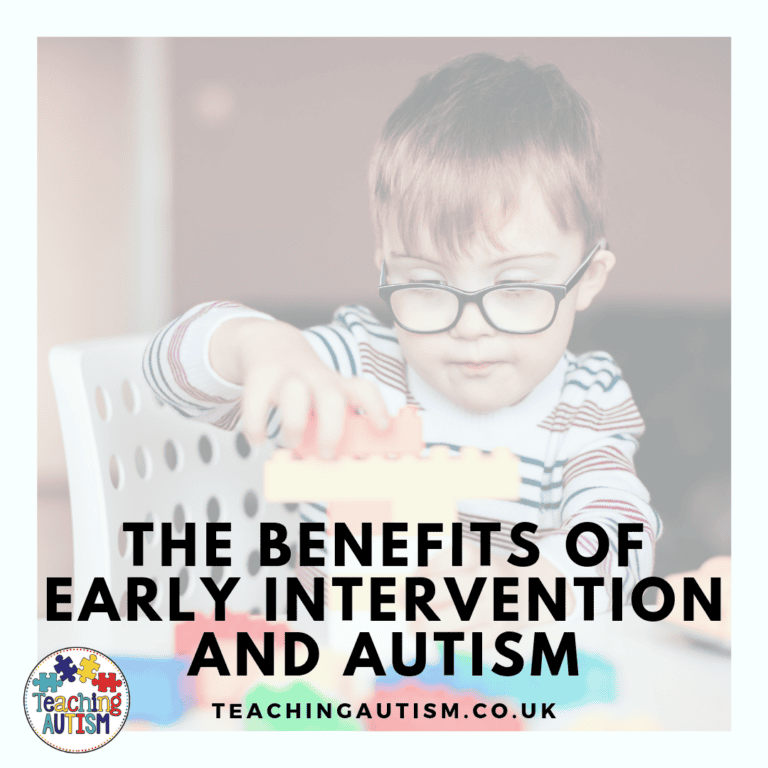
One Comment